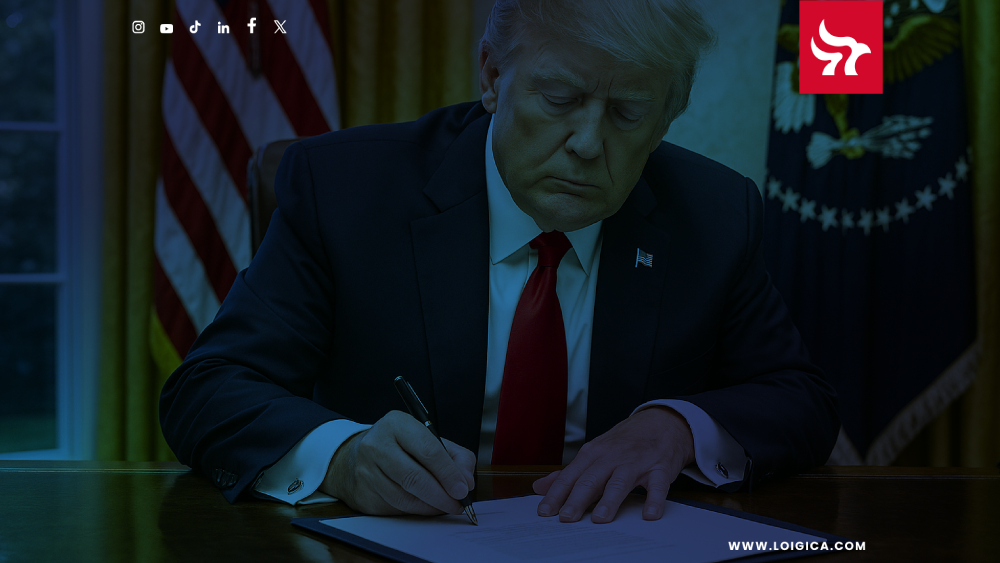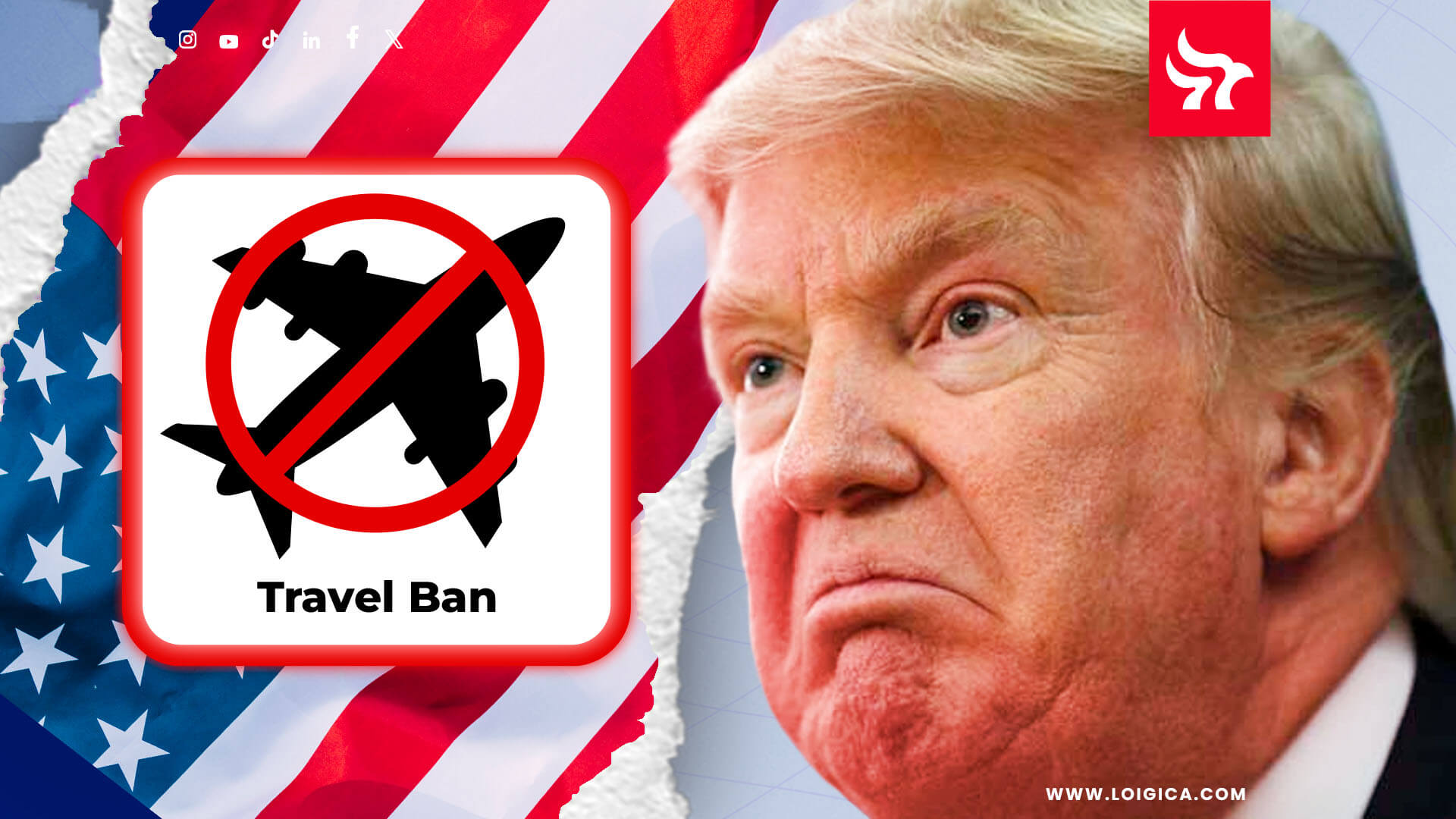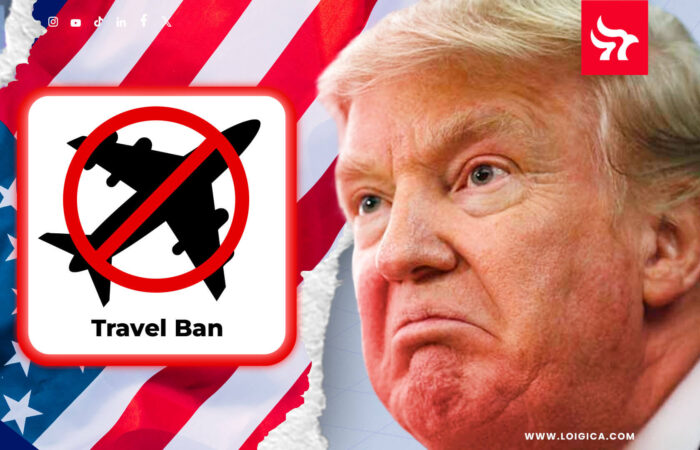Get the latest information
Suscribe to our newsletter and receive on your inbox every Monday everything you need to know on US Immigration
President Trump’s administration is planning to issue new travel restrictions on people from dozens of countries. A memo seen by Reuters shows a list of 41 countries divided into three groups, each facing different levels of visa suspensions. The first group could face a total ban, meaning no visas at all. The second and third groups would see lesser, but still serious, limits.
This would be a much more strict travel ban than President Trump’s first travel ban in 2017. But don’t worry, we’ll break down what it entails. A travel ban isn’t the end of the world, though one should take it seriously.
What’s a Travel Ban?
A travel ban is a government order that blocks or limits people from certain places from coming into the United States. The president signs this kind of order based on a law that lets them keep out foreign travelers they believe could harm the country. For example, a travel ban might target specific nationalities or people with particular political ideas.
As Nicole Narea describes, past versions of these bans went after travelers from mostly Muslim countries. The president has wide power to create such bans, though there are a few limits. Courts have sometimes struck down such bans if they unfairly discriminate or if they do not give clear reasons for excluding entire groups of people. But if the president offers enough facts or follows the procedures courts expect, then the ban may stand.
In practice, a travel ban can mean that people outside the US are barred from coming in. It can also stretch to people already in the US on short-term visas, blocking them from coming back if they travel abroad, or even making them worry about deportation. That depends on how broad the ban is and whether it covers those who have already arrived.
What Happened in 2017?
In 2017, shortly after taking office, President Donald Trump issued a series of executive orders commonly known as the “travel ban.” The initial ban, signed on January 27, 2017, temporarily halted entry into the U.S. for travelers from seven predominantly Muslim countries: Iran, Iraq, Libya, Somalia, Sudan, Syria, and Yemen. Immediately, the order led to confusion and chaos at airports across the U.S. Travelers with valid visas, green card holders, and refugees found themselves detained, questioned, or barred from entering the country.
The ban sparked widespread protests nationwide, notably at airports like New York’s JFK and Washington’s Dulles International. Critics argued it targeted Muslims and was unconstitutional. Soon after, multiple lawsuits challenged the legality of the order, and federal courts blocked its enforcement.
Throughout 2017, the administration revised the ban twice to withstand court challenges. The final version, issued in September 2017, included restrictions targeting certain travelers from Iran, Libya, Somalia, Syria, Yemen, North Korea, and Venezuela, broadening the ban beyond majority-Muslim countries. In June 2018, the Supreme Court upheld this third version, ruling it within the President's authority on national security grounds. The travel ban stayed in place until President Biden repealed it shortly after taking office in January 2021.
If Trump proposes a new ban in the future, understanding what happened in 2017 can offer insights into how such policies might evolve and face legal scrutiny again.
What Do We Know?
This report is about the Trump administration’s plan to issue new travel restrictions on people from dozens of countries. A memo seen by Reuters shows a list of 41 countries divided into three groups, each facing different levels of visa suspensions. The first group could face a total ban, meaning no visas at all. The second and third groups would see lesser, but still serious, limits.
These rules stem from an executive order signed on January 20 that demands tougher security checks on foreign travelers. It also tells the Secretary of State and others to identify countries that are not sharing enough security data. Those countries might then see partial or full suspensions of travel to the U.S.
This plan recalls President Trump’s first-term ban on mostly Muslim-majority countries. It signals a renewed push to restrict immigration and to control who can travel to the U.S.
Reuters’s report shows a plan for sweeping new travel restrictions. It says the Trump administration is looking at 41 countries. These are grouped based on how much they share security information with the U.S. The first group, with 10 countries, could face a full visa ban. The second group, with 5 countries, might get a partial ban on tourist and student visas. The third group, with 26 countries, faces the threat of partial suspensions if they do not fix their “deficiencies” within 60 days.
Nicole Narea’s article talks about the groundwork for a stricter travel ban. She describes how the administration is gathering reasons to justify a ban that courts are less likely to strike down. Reuters’s memo fits into that plan. Trump’s order from January 20th requires tougher screening and a list of countries to be partly or fully barred. That lines up with what Narea wrote: the White House is moving slowly this time to avoid legal challenges and to build a broader ban.

Harry Tapias
CEO and co-founder at LOIGICA. Provides strategic immigration guidance for businesses and individuals, drawing on finance, marketing, and legal expertise from DePaul University and Nova Southeastern University. Specializes in H-1B, L-1, and PERM Labor Certification. Recognized for an empathetic and innovative approach, he has earned appointments to the boards of Vizcaya Museum and Gardens and the Miami-Dade County History Preservation Board.
This blog was written with asistance of generative AI. It is provided for informational purposes only. It does not constitute legal advice. The information presented here is based on general principles of U. S. immigration laws, as well as general information available for public search on public matters, as of the date of publication. Immigration laws and regulations are subject to change and individual circumstances may vary. If you need expert counceling on immigration matters, contact one of our attorneys.

🎃 Immigration horror stories: mistakes that can turn your dream into a nightmare




